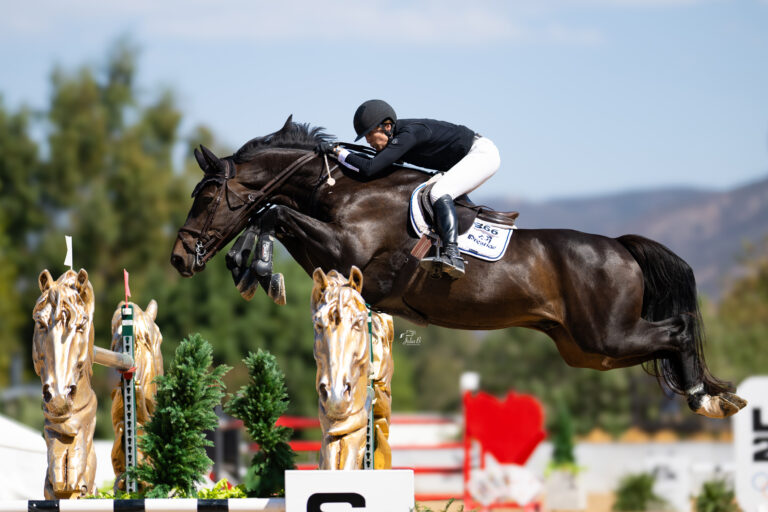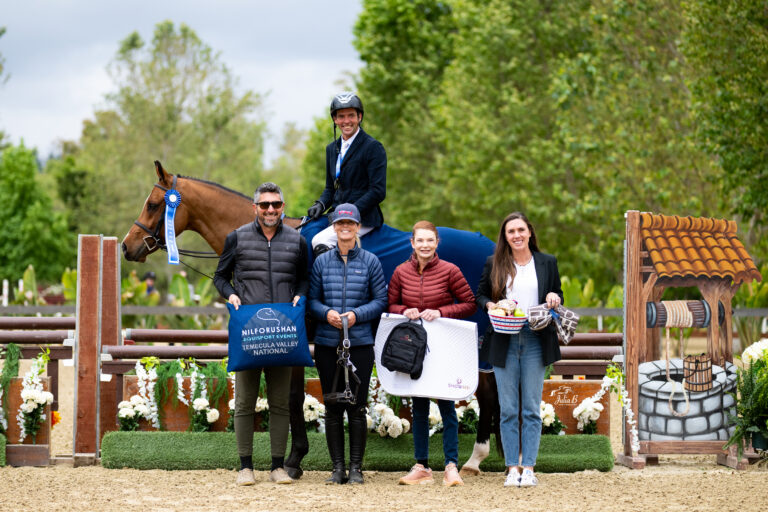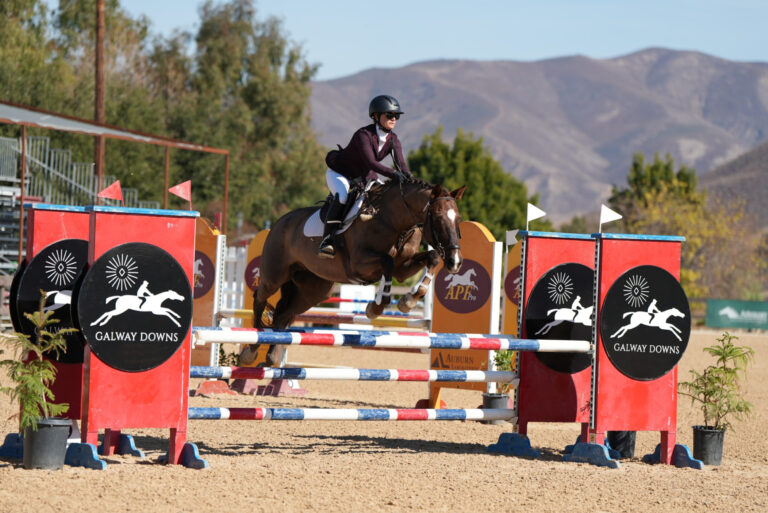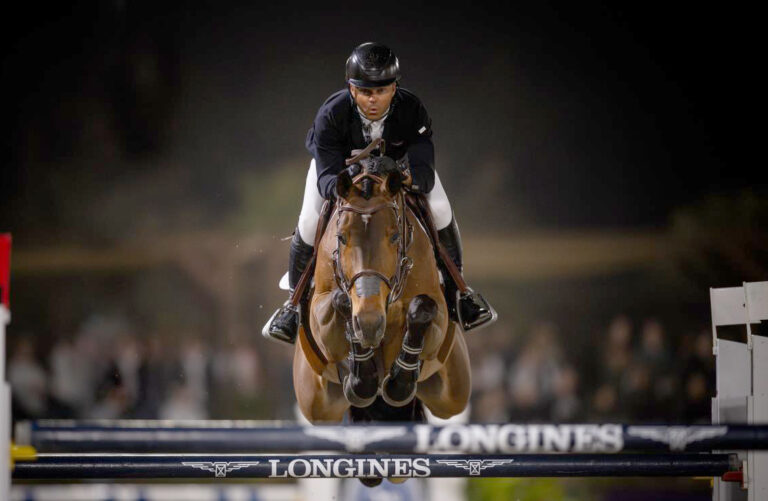US Equestrian’s vision is “To bring the joy of horse sports to as many people as possible.” Under U.S. Equestrian Federation president Tom O’Mara’s predecessor, the organization highlighted the joy aspect of the message. O’Mara said they will now focus on the second part—to spread that joy far and wide.
“Too often we look at a sport inward, like … whatever your breed or discipline is, how do they do it and what do they look like. So we only know what we do and people like us,” O’Mara said during an interview at the meeting, held Jan. 13-15, 2022, in Naples, Florida.
“But honestly, the horse is a symbol and a partner with so many people in so many ways that we all kind of lose focus on the fact that there are seven and a half million horses in the United States. There are a lot of people who are active with sports in some way or another at whatever level they want to be or can be.”
Community Outreach Program
To help those people feel comfortable and included, O’Mara said US Equestrian is broadening its umbrella. One initiative is the USEF Community Outreach Program. Groups that provide equine-based learning opportunities among underrepresented and underserved local communities can apply to be part of the program.

After the program debuted last year, 19 organizations have been accepted so far. These include groups that help veterans, people with addictions, people with physical and emotional challenges, and children and adults in at-risk or extreme poverty situations. A key requirement for eligibility into the program is that organizations must provide services for free or on a sliding scale of fees based on economic need, said Vicki Lowell, US Equestrian’s chief marketing and content officer.
Groups that are part of the program can apply for grants under the USEF Opportunity Fund, which aims to extend their reach and impact. They also will be included in a directory listed on the USEF website, making it easier for people to identify them.
“We are really looking to build the entire community and connections and networks,” Lowell said, adding that US Equestrian will also encourage horse shows to partner with these organizations in terms of fundraising and also “so their participants feel a part of the community.”
The next application period for the program ends Feb. 15, 2022. For more information about the program and how to apply, click here.
Diversity, Equity and Inclusion Efforts
USEF is also broadening its diversity, equity and inclusion efforts. “The [USEF] board undertook a DEI initiative, which to me is just a no-brainer,” O’Mara said. “Why wouldn’t we want everyone and anyone from all walks of life to have the opportunity to enjoy horses just like you and I do. Unfortunately, it’s not that simple just to assume that’s what’s happening, because it’s not. There are many people who don’t feel comfortable trying to be part of our sport.”
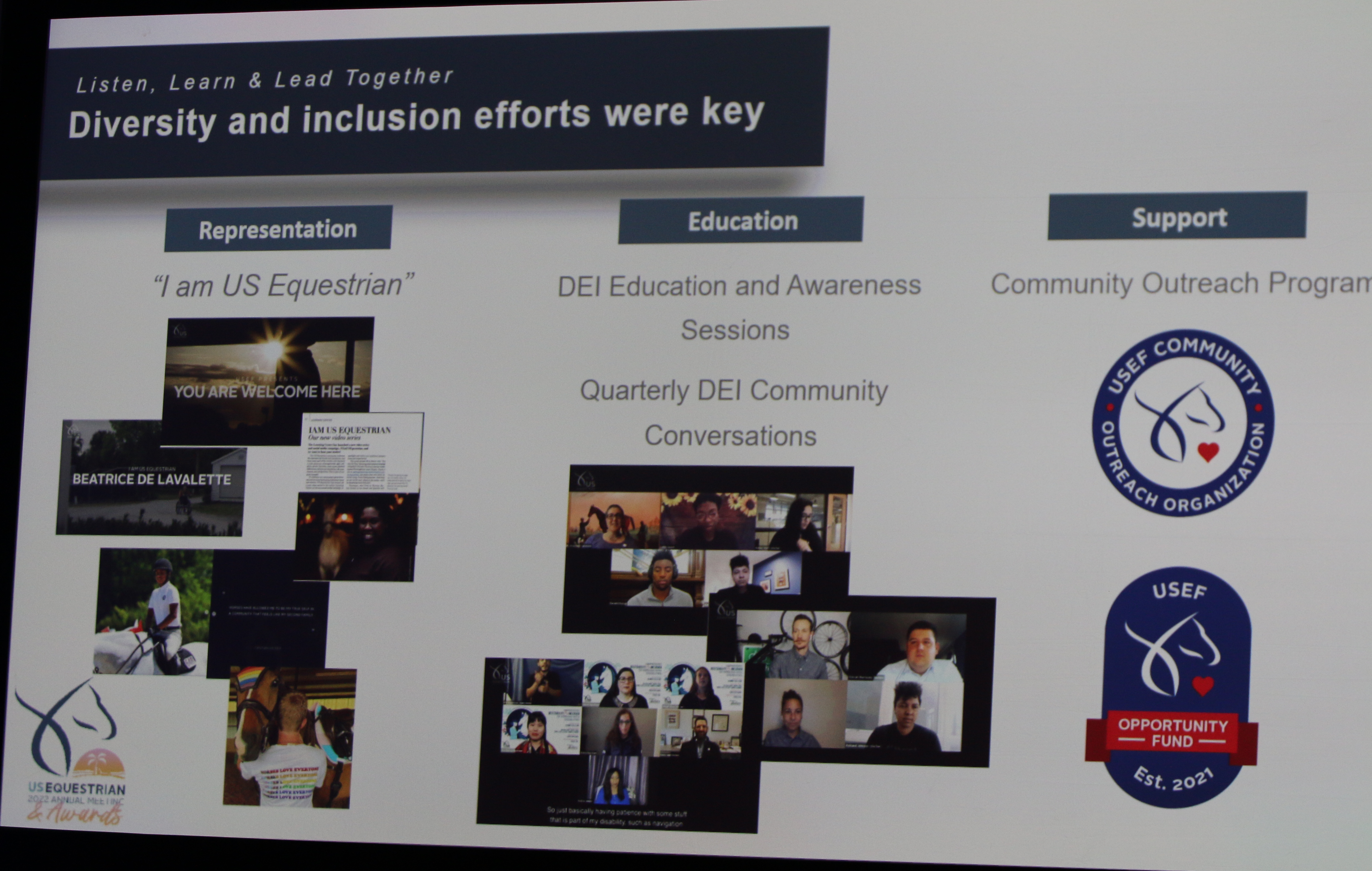
US Equestrian’s efforts to expand its DEI awareness include:
• Requiring USEF licensed officials and board, council, committee and task-force members to take a 60- or 90-minute DEI education and awareness session and annual refresher quizzes. The goal is to improve the USEF officials’ relationships with athletes and fans and improve communication and teamwork skills.
• The development of a video series focused on individuals within the community and their experiences called “I Am US Equestrian.” There are additional videos called DEI Community Conversations with topics such as “Horses in Black Communities” and “An Introduction into LGBTQ+ and Becoming a Better Ally.”
For more information on these resources, click here.
Expanding General Membership
US Equestrian also wants to expand its membership, which grew from 185,000 in 2019 to 200,000 in 2021. The latter number is made up of 85,000 competing members and 115,000 free and paid fan memberships.

“We have a 1.2 million people who follow us on social media. We don’t have 1.2 million members,” O’Mara said. “So somehow these people are invested in watching what we’re putting out there. Right there that tells me there are over a million people who like us. Let’s make them all fan members. It’s a trickle-down effect.”
To help do that, US Equestrian streamlined its free fan membership experience. Updates include access to USEF Network live content without needing promo codes and the ability for autorenewal. Other benefits include access to the digital version of the US Equestrian Magazine, access to the USEF Learning Center video library and member discounts.
The $25 (annual) subscriber membership includes access to USEF Network OnDemand content and the ability to purchase health and other insurance. A competing membership at $80 (annual) includes all the subscriber benefits and allows the member to compete at USEF-rated shows and earn points for awards. For more information on membership levels, click here.
Other Meeting News
• The USEF Board of Directors heard an update from Virginia Tech Helmet Lab’s Barry Miller about a two-year equestrian helmet safety research and testing project, sponsored by MARS Equestrian, US Equestrian, the U.S. Hunter/Jumper Association and the U.S. Eventing Association. The lab is developing an equestrian star-rating system for helmets. Equestrian helmets will be rated, and the information will be given to helmet manufacturers as a blueprint on how to create the best helmets to get a five-star rating. The rating system for helmets is scheduled to be completed next fall. The lab has done similar studies and ratings for other sports, including football, hockey and bicycle helmets.
Currently equestrian riding helmets have certifications, for example the American Society for Testing and Materials (ASTM)/Safety Equipment Institute (SEI) certifications, that indicate whether a helmet will protect riders from death or skull fracture, Miller said. But these certifications, while very important, don’t indicate the nuances of how well the helmets protect from injuries that are not as severe, like concussions.

• Olympic show jumper Laura Kraut was named the International Equestrian of the Year and hunter rider Hunt Tosh was named the National Equestrian of the Year. Paralympian Roxanne Trunnell (photographed in top photo) earned the Becky Grand Hart Trophy and Pegasus Medal of Honor. Ann Thompson’s Balou du Reventon, a show jumper ridden by Brian Moggre, was named the International Horse of the Year, and Dulcie Lou Morris’ Big Shot, ridden by hunter rider Jenny Karazissis, was named the USEF National Horse of the Year.





